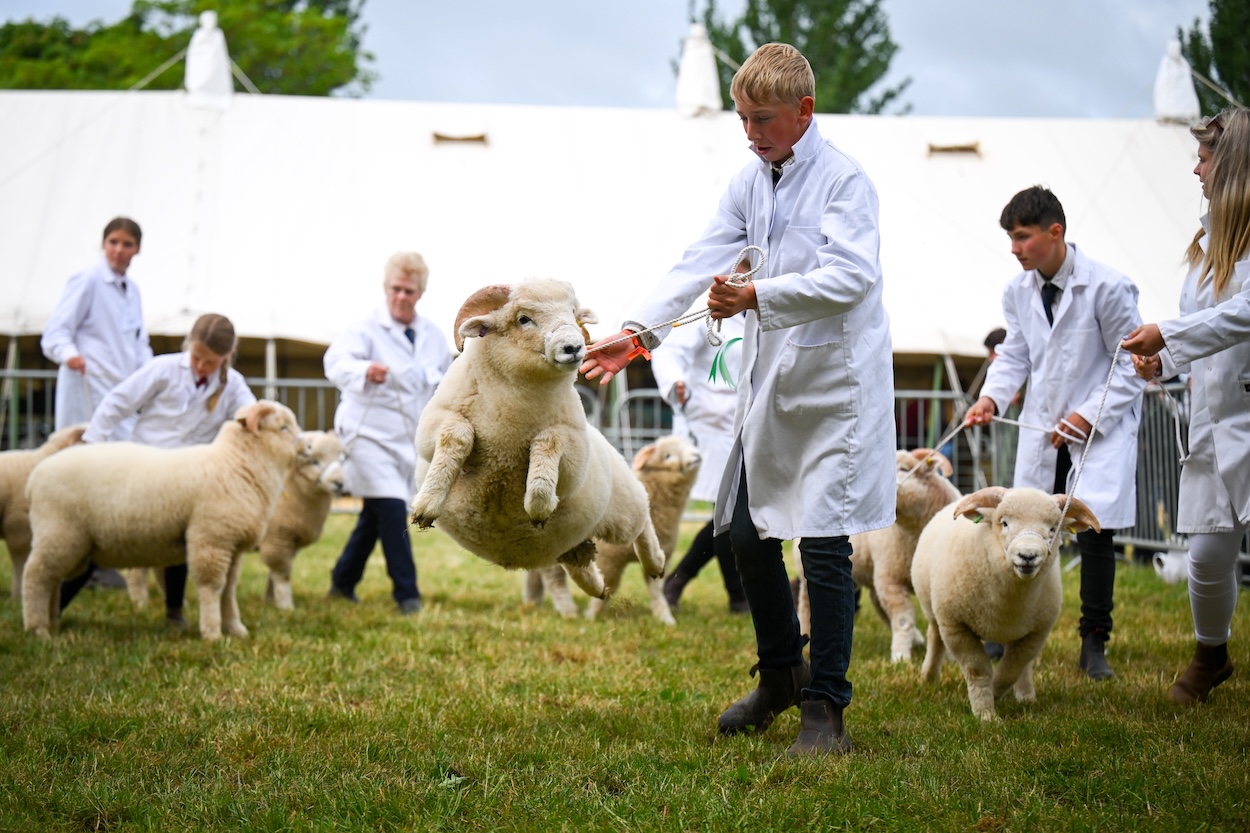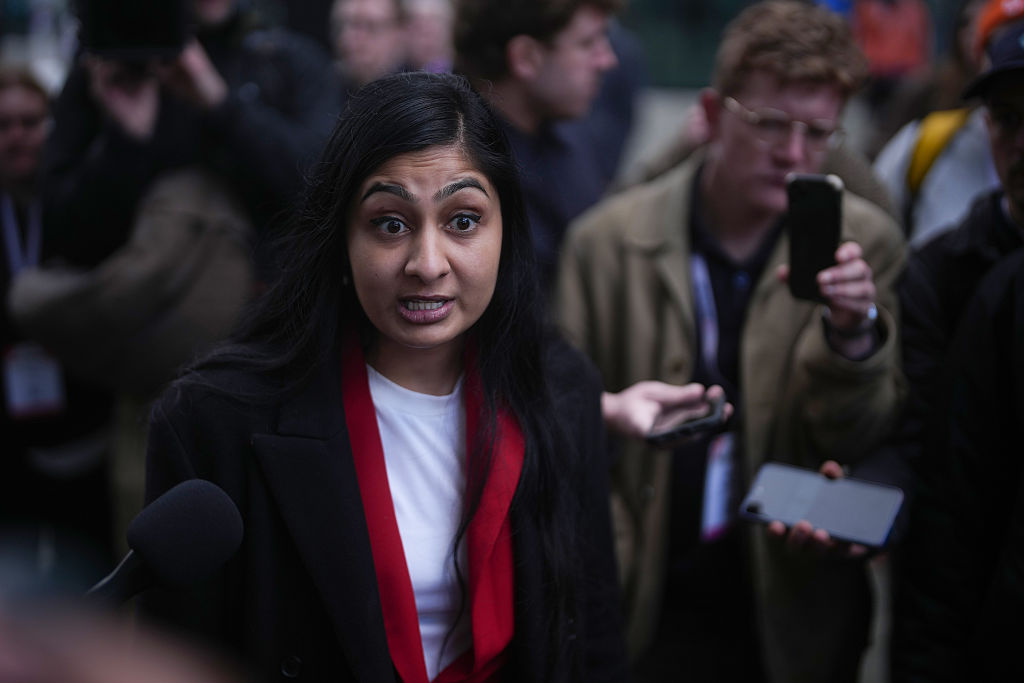A smartly dressed, bowler-hatted man and a lady in a fascinator – both of whom would hardly look out of place at Royal Ascot – stride into the pigsty with clipboards, while a white-coated man (looking a little too much like a butcher) seeks the views of a small crowd of adults and children on the qualities of four physically impressive swine. This is the delightful eccentricity of the English county show – part agricultural competition, part funfair, part entertainment, part craft fair, part trade show, part society occasion, and part food and drink extravaganza – that provides an unrivalled insight into the complexity of modern Britain’s rural economy and culture.
The pigs are physically impressive, yet somewhat disengaged from the proceedings – for all continue to nap contentedly while their positions are decided. From a combination of the experts’ judgement and audience participation, the winner of the silver salver is determined and rosettes awarded to the runners-up. Not far away, a group of young men and women are seated on yoga mats, moving in unison in a paddock filled with somewhat bemused pygmy goats. ‘Goat yoga’ is a thing now, apparently. In the main arena, a parade of heavy horses has been succeeded by stunt motorcyclists, rising gracefully but noisily into the air above the heads of rapt onlookers.
Here at the county show, you can learn about the role of drones in farming and view the latest mechanised behemoths; but it is also an opportunity to meet rare breeds and appreciate traditions of times past like horse-drawn ploughing. County shows are, in one way, thoroughly modern events: they first emerged in the 1760s and 1770s to exhibit the enormous sheep and cattle produced by new breeding techniques.
In contrast to the ancient horse and cattle fairs that preceded them, county shows were first and foremost commercial events for the ‘gentleman farmer’, that distinctively English phenomenon at the heart of the British agricultural revolution. While the haughty aristocracy of France’s ancien régime avoided fields, in the second half of the 18th century Britain’s landed gentry embraced involvement with the land. Led by the example of ‘Farmer George’ (as George III came to be known), these Enlightenment agriculturalists did not shy away from the dirt but took pride in becoming experts on the latest innovations that would turn Britain into a powerhouse of agricultural experimentation.
County shows are a conscious enactment of something that has existed for well over a millennium – the shire
As British rural society has evolved, so has the county show. In contrast to the glory days of the late 1700s, farmers in modern Britain too often feel marginalised, ignored and scarcely recognised for their contribution to the nation, as the proliferation of stickers and banners with slogans like ‘No Farmers No Food’ bears witness. Yet the county show is an opportunity for farmers to come together and show off their achievements to likeminded enthusiasts – a moment in the sun, to be sure, although it is clear that livestock competitions alone are no longer enough to interest punters. The modern county show is as much about crowd-pleasing entertainment as it is about prizes and networking; it is a fun day out for the family, with a panoply of rides and slides for children and spectacles like stunt biking, hang-gliding and Shetland pony racing.
The future of county shows is not altogether secure; the costs of such large events are rising, and in a post-Covid world there is never any guarantee that people will prefer a day out to staying at home. Several county show grounds have begun selling off fields for housing. The very existence of some counties is also under threat, with Rutland (which has a thriving county show) apparently earmarked for amalgamation once again. Against this uncertainty, county shows are a conscious enactment of something that has existed for well over a millennium – the shire. In an era of strategic mega-authorities and cash-strapped local government, counties are no longer unquestioned administrative realities – but it is clear from any visit to a county show that they are very much still part of the culture.
Whether using teams of horses or drones and GPS, those who work the land make many sacrifices and they deserve to be celebrated. In all its strangeness, incongruity and eccentricity – even the goat yoga – the British county show is that best of traditions: an institution that evolves organically and spontaneously while holding on to the best of the past, because it is living rather than contrived. Long may it continue.








Comments